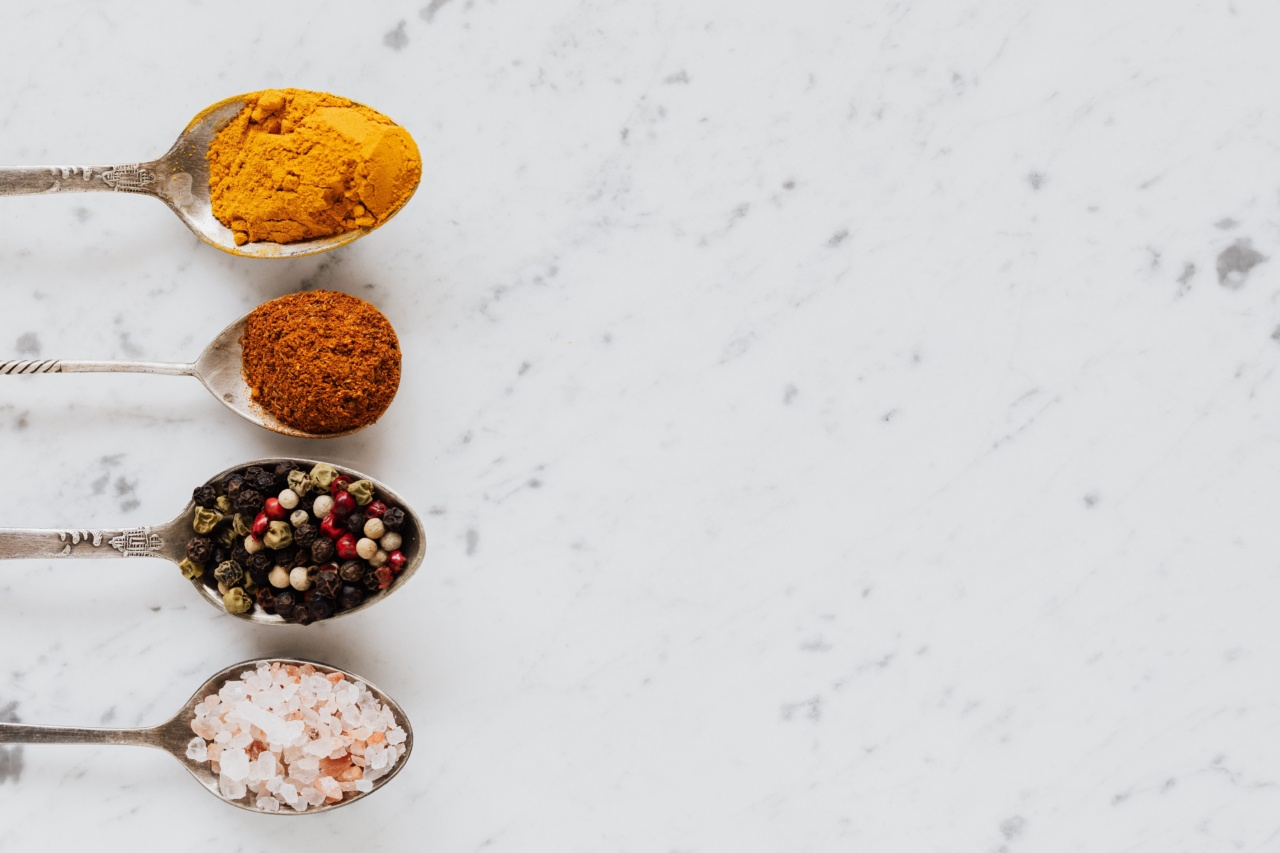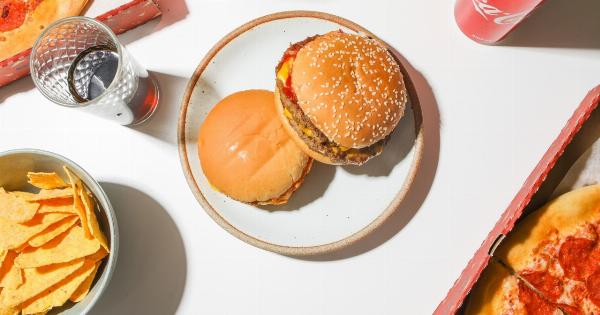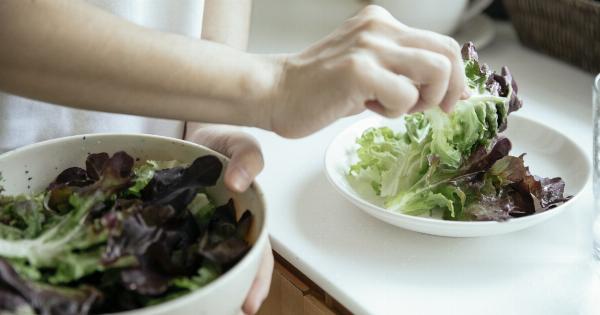Salt is an essential mineral that is generally needed by our bodies to function properly. However, consuming too much salt or sodium can lead to high blood pressure, heart disease, and other health issues.
Unfortunately, many popular foods are laden with hidden sodium, making it challenging to stay within healthy limits. As a result, it is essential to know how much salt your favorite foods contain to ensure that you are maintaining a balanced diet. Below are some common foods with hidden salt content.
1. Bread and Baked Goods
Bread is a staple in many diets, but it also contains a considerable amount of salt. Depending on the type of bread, a single slice can contain up to 230 milligrams of sodium.
During baking, sodium bicarbonate, a form of baking soda, is often used to help the dough rise. This ingredient often adds to the salt content of bread. Additionally, pastries, biscuits, and other baked goods are high in sodium, making them an unhealthy choice if taken in excess.
2. Processed Meats
Processed meats like ham, bacon, and sausages are popular breakfast foods but also contain hidden sodium amounts. A two-ounce serving of ham contains up to 600 milligrams of sodium, while the same amount of bacon contains up to 500 milligrams of sodium.
Sausages are even worse, with some brands containing up to 1000 milligrams of sodium per serving. As such, it is advisable to consume these foods in moderation and seek healthier alternatives.
3. Cheese
Cheese is another popular accompaniment to many meals but can also contain significant amounts of salt. Soft cheese varieties like feta and blue cheese tend to be higher in salt content than hard cheeses like cheddar or Parmesan.
On average, a single tablespoon of shredded cheddar cheese contains 175 milligrams sodium. Incorporating reduced-salt cheese varieties or seeking healthier alternatives can help reduce daily sodium intake levels.
4. Soup
Soups are a healthy and tasty meal option, but they can be a hidden source of sodium. Depending on the type of soup, a single serving can contain up to 900 milligrams of sodium.
This sodium level can quickly add up, especially when consuming multiple servings. It is advisable to choose reduced-sodium varieties, make homemade soups, or limit soup intake to avoid excess sodium consumption.
5. Salad Dressings
Salad dressings are a popular addition to many salads and can add flavor to vegetables. However, they tend to be high in sodium and should be consumed in moderation.
A single tablespoon of ranch dressing can contain up to 200 milligrams of sodium, while the same amount of Caesar dressing can contain up to 400 milligrams. Choosing reduced-fat dressings or making homemade dressings can help reduce daily sodium intake levels.
6. Fast Foods
Fast foods are usually high in calories and unhealthy fats, but they can also contain hidden salt levels. Burgers, fries, and tacos tend to have high levels of sodium content.
A single fast food meal can contain up to a full day’s worth of sodium recommendations, leading to adverse health effects. When consuming fast foods, it is advisable to opt for smaller portions and reduced-sodium items.
7. Canned Vegetables and Legumes
Canned vegetables and legumes are convenient and easy to prepare, but they are often high in sodium. The canning process usually involves adding salt to preserve the product’s shelf life, leading to higher sodium levels.
A single cup of canned green beans can contain up to 400 milligrams of sodium, while the same amount of canned chickpeas can contain up to 700 milligrams. It is advisable to rinse canned vegetables and legumes under running water before consumption to reduce sodium levels.
8. Condiments
Condiments like ketchup, mustard, or mayonnaise are classic add-ons for many foods but can be high in sodium.
A single tablespoon of ketchup or barbecue sauce can contain up to 200 milligrams of sodium, while the same amount of pickles or olives can contain up to 350 milligrams. When seasoning food, it is advisable to seek out reduced-sodium or unsalted varieties and consume condiments in moderation.
9. Pizza
Pizza is a favorite food for many, but it also contains high levels of sodium content. A single slice of pepperoni pizza can contain up to 700 milligrams of sodium, while the same amount of cheese pizza can contain up to 500 milligrams of sodium.
Choosing lower sodium toppings or making homemade pizza can help reduce daily sodium intake levels.
10. Snacks
Snacks like chips, pretzels, and crackers tend to contain added salt to enhance flavor. A single bag of potato chips can contain up to 180 milligrams of sodium, while the same amount of pretzels can contain up to 700 milligrams.
Choosing low-sodium snack options like popcorn or fresh fruit can help reduce daily sodium intake levels.
Conclusion
Overall, most of the hidden salt contents are in the foods we consume daily. Reducing salt intake levels requires us to be mindful of our daily habits and food choices.
Choosing healthier alternatives, making homemade meals, consuming low-sodium varieties, and reducing condiment utilization can go a long way in improving our health and well-being. Knowing how much salt is hidden in your favorite foods helps make informed decisions about your diet. Being aware of the hidden salt contents of popular foods is the first step toward maintaining a balanced diet and healthy lifestyle.





























